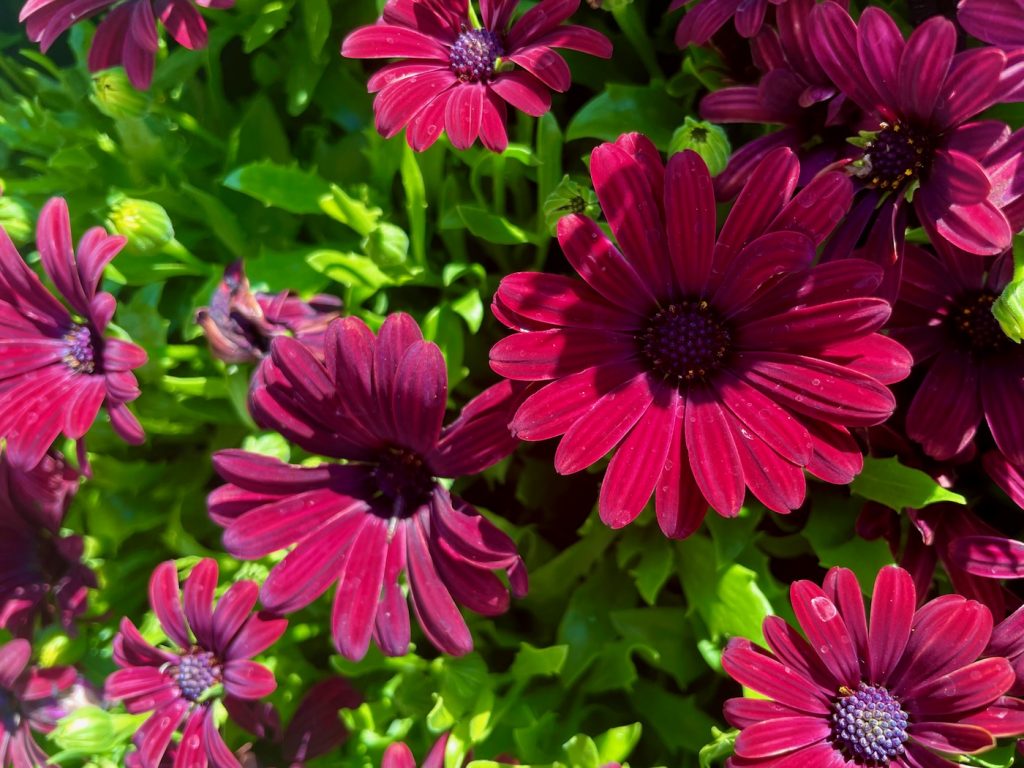Hosta lancifolia: A Graceful Perennial with Lance-Shaped Leaves
Background and Family: Hosta lancifolia, also known as Narrow-leaved Plantain Lily, belongs to the Asparagaceae family of plants. This family encompasses a wide variety of ornamental and versatile plants. Hosta lancifolia is native to China, where it can be found growing in its natural habitat.
Origin and Naming: Hosta lancifolia was named in honor of Nicholas Thomas Host, an Austrian botanist who made significant contributions to the field of botany. Although the plant was later renamed, it was eventually reverted back to its original name, Hosta, in 1905. This name has since been widely accepted and used for this plant species.
Characteristics: Hosta lancifolia is a herbaceous perennial that exhibits deciduous foliage. It is a relatively easy plant to grow and maintain, making it a popular choice among gardeners. The plant typically reaches a height of around 30cm (1 foot) and features lance-shaped leaves with a glossy, dark green appearance. During the summer season, Hosta lancifolia produces small, funnel-shaped flowers in a charming violet hue. These delicate blooms appear on stems that can reach up to 50cm (2.5 feet) in height, adding a touch of elegance to the garden. The vibrant flowers also serve as a magnet for hummingbirds, enhancing the allure of this plant.
Cultivation of Hosta lancifolia:
Soil and Sunlight: Hosta lancifolia thrives in moist, organically rich, and well-drained soil. It prefers partial shade or full shade, especially in regions with hot summers. Providing shelter from direct sunlight and cold drafts is beneficial for the plant’s growth and overall health.
Propagation: Hosta lancifolia can be propagated through division, which involves separating clumps of the plant during the summer or early spring. This method allows gardeners to create new plants and expand their Hosta collection.
Pest and Disease Resistance: While Hosta lancifolia is generally a robust plant, it is important to be vigilant for potential pest issues. Slugs and snails, as well as vine weevils, can pose a threat to the foliage. Regular monitoring and implementing suitable pest control measures, such as physical barriers or organic pest repellents, can help protect the plant. Additionally, keeping an eye out for leaf spot diseases and promptly addressing any signs of infection will help maintain the plant’s health and appearance.
Drought Tolerance: Established Hosta lancifolia plants have the ability to tolerate periods of drought. However, providing regular watering during dry spells is recommended to ensure optimal growth and prevent stress to the plant.
With its elegant lance-shaped leaves, vibrant violet flowers, and adaptability to shade, Hosta lancifolia offers a graceful presence in gardens and landscapes. Its hardiness, coupled with its ability to attract hummingbirds, makes it a sought-after choice for both avid gardeners and beginners alike.





